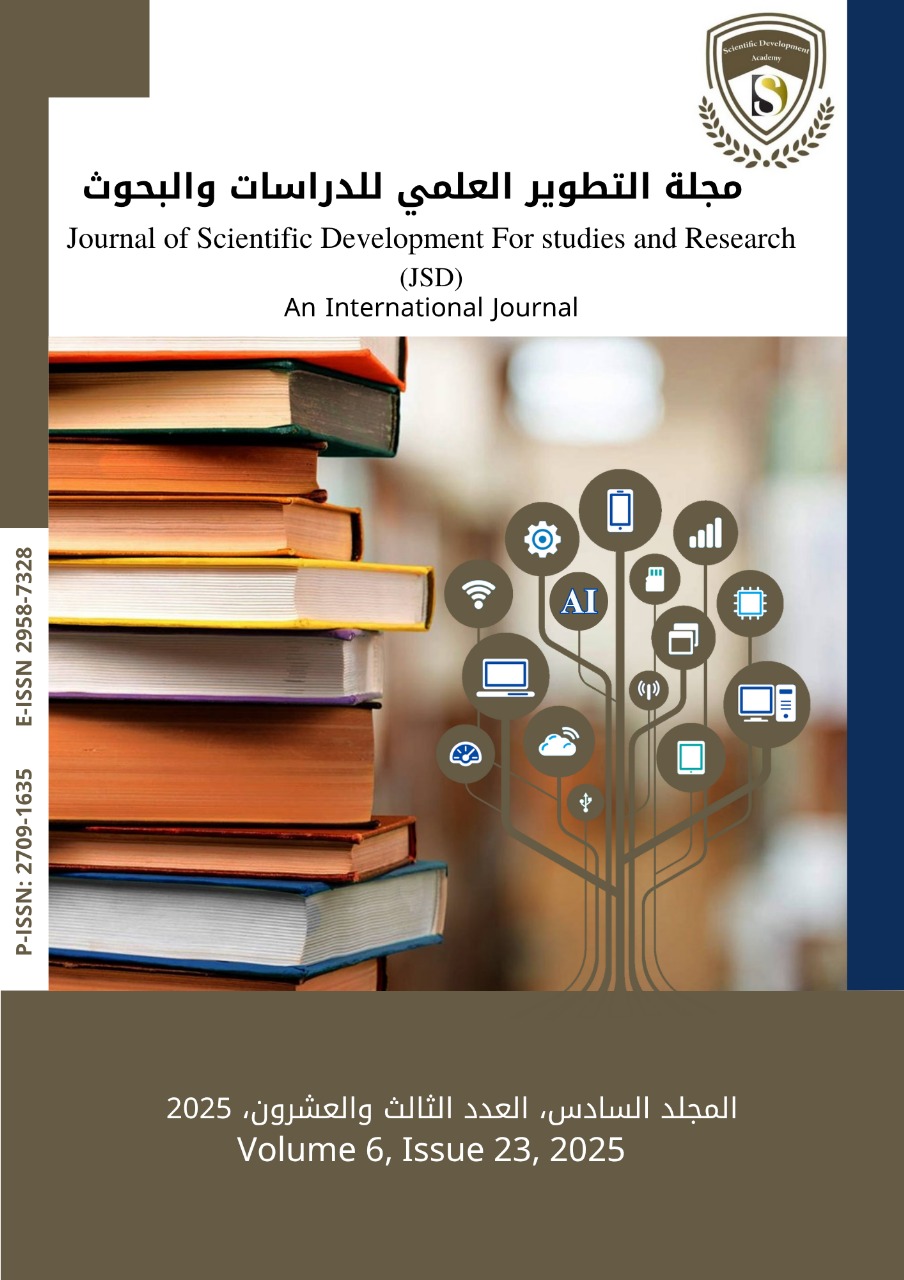Assessment of Heavy Metal and Physical-chemical Contamination in Roadside Soils along Duhok to Zakho highway, Kurdistan Region, Iraq
DOI:
https://doi.org/10.61212/jsd/395Keywords:
Heavy metal contamination, Physical-chemical properties, Roadside soils; Soil pollution, Vehicular emissions.Abstract
Soil plays a vital role in food production, making sustainable soil management essential for environmental and agricultural health. This study assesses heavy metal contamination and physico-chemical properties of roadside soils along the Duhok to Zakho highway in the Kurdistan Region, Iraq. Increased vehicular traffic on public roads has notably affected soil quality. Understanding the impact of highways on soil properties is critical for achieving sustainability. In this investigation, 20 soil samples were collected from both the left and right sides of the highway at distances of 5 m and 15 m from the road edge, at a soil depth of 0–15 cm. The samples were analyzed for physical properties (soil texture, moisture content, organic matter, field capacity) and chemical properties (pH, electrical conductivity, organic carbon, nitrogen, C:N ratio), along with concentrations of the heavy metal lead (Pb). The analysis showed that soil texture varied among sites—classified as clay, sandy clay loam, loam, or sandy loam—indicating general suitability for arable crops. Results revealed pH ranged from 4.40 to 6.60, EC from 0.72 to 1.02 dS/m, organic matter from 0.13% to 6.12%, nitrogen from 0.08% to 0.84%, moisture content from 2.90% to 15.00%, field capacity from 27.51% to 37.93%, and organic carbon from 0.29% to 3.68%. Lead concentrations ranged from 2.00 to 3.11 mg/kg and exceeded WHO permissible limits. Farmers are encouraged to use soil health cards and apply
sustainable management practices.
Downloads
Published
Issue
Section
License
Copyright (c) 2025 Journal of Scientific Development for Studies and Research (JSD)

This work is licensed under a Creative Commons Attribution 4.0 International License.




























